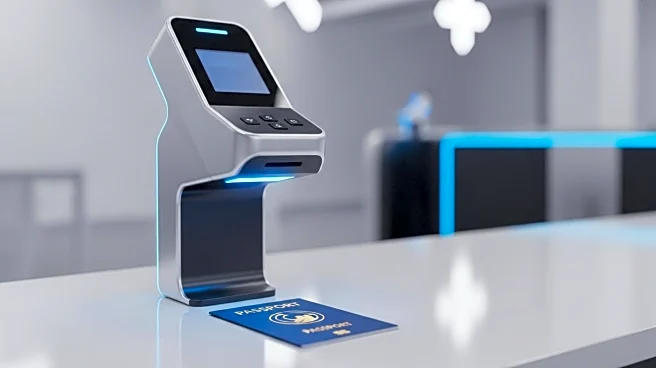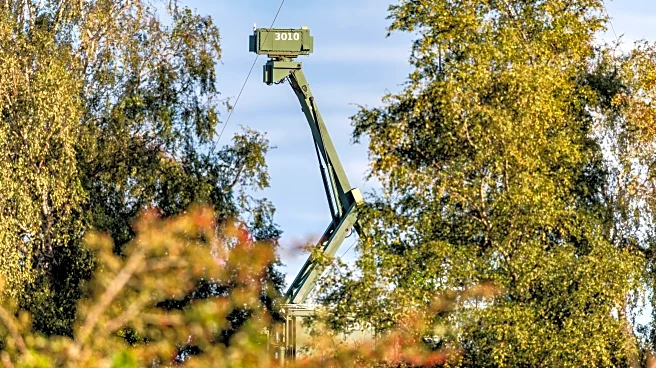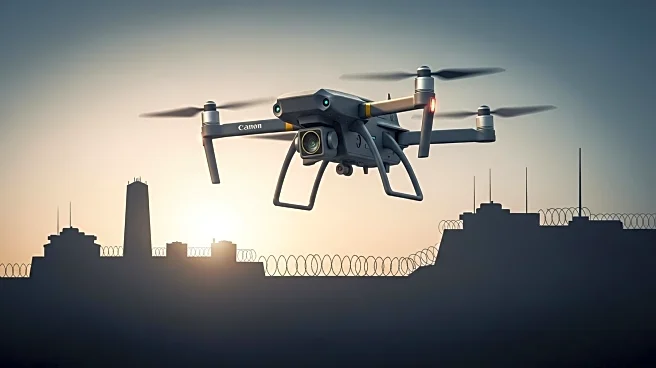What is the story about?
What's Happening?
The European Union is set to implement a new biometric entry-exit system (EES) starting October 12, requiring non-EU citizens to register their biometric information at the border. This includes facial photographs and fingerprint scans before entering the Schengen area. The system aims to streamline border control processes but has raised concerns about potential delays, particularly for travelers from visa-waiver countries like the United States. The EU has introduced a six-month introductory period and a further 90-day grace period to address potential chaos. Some countries, like Sweden, are developing apps to facilitate pre-registration, while others are preparing to integrate similar technology.
Why It's Important?
The introduction of the EES is significant for American tourists and other non-EU travelers, as it changes the entry process into Europe, potentially affecting travel plans and experiences. The system is designed to enhance security and streamline border checks, but it may lead to longer wait times and logistical challenges at entry points. This development could impact tourism and travel industries, as well as diplomatic relations, given the potential for delays and dissatisfaction among travelers. The phased rollout and concessions indicate the EU's awareness of these challenges and its efforts to mitigate them.
What's Next?
As the EES is implemented, travelers and operators will need to adapt to the new requirements. Eurostar, Eurotunnel, and other transport services are preparing to manage the changes, with investments in technology and staff training. The EU's phased approach allows for adjustments based on initial feedback and operational challenges. Travelers should expect increased guidance and support from transport operators to navigate the new system. The success of the EES will depend on its ability to balance security enhancements with efficient processing to minimize disruptions.
AI Generated Content
Do you find this article useful?















